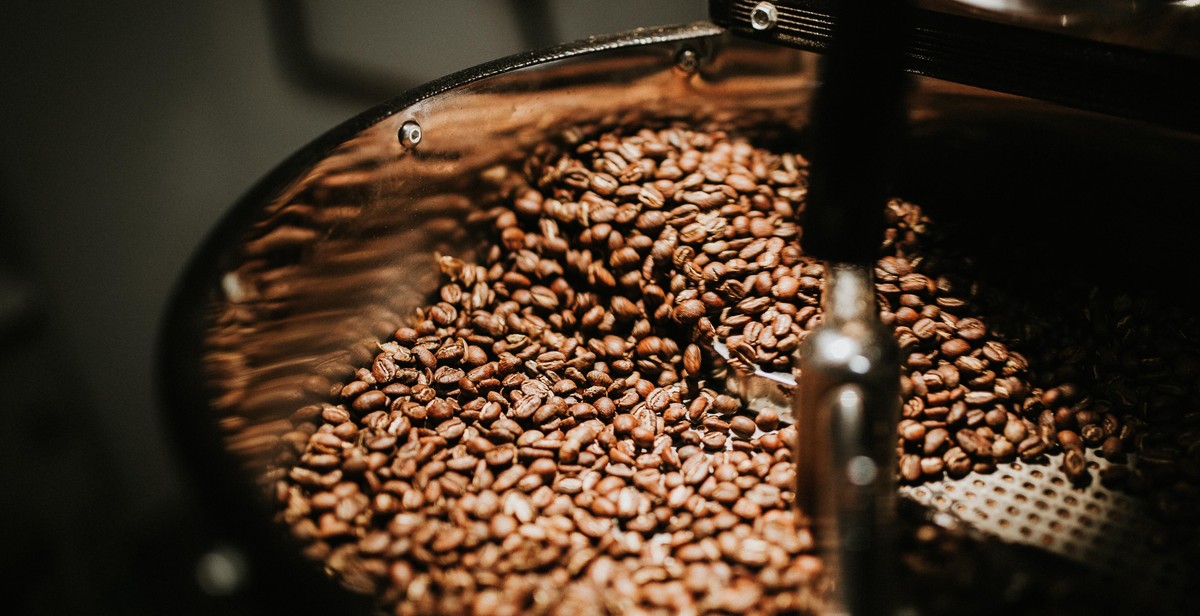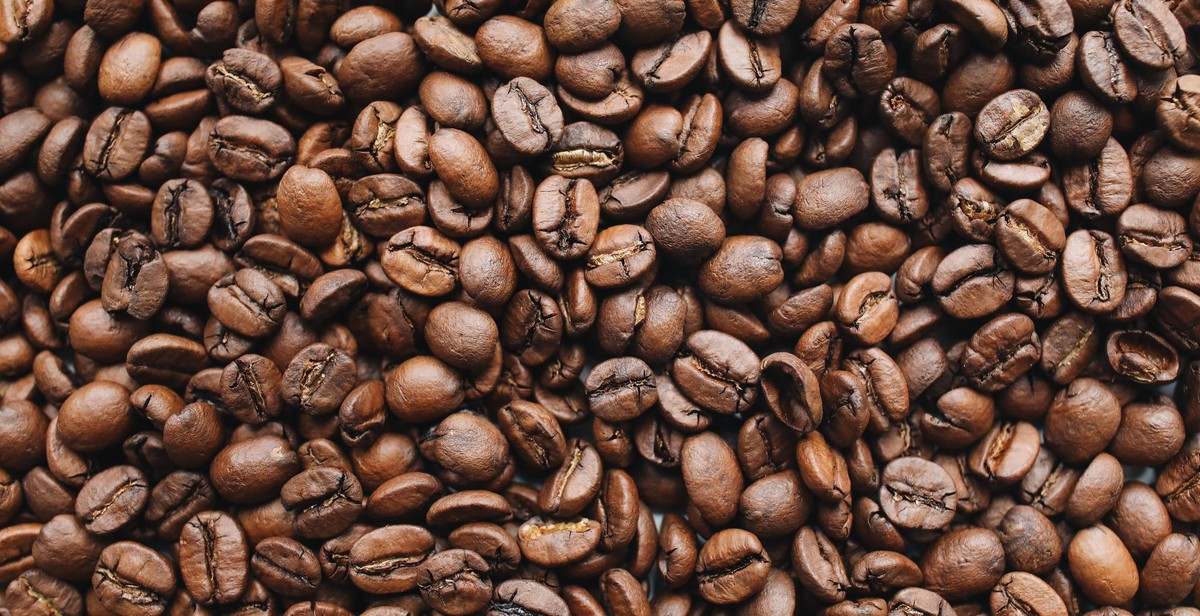How to Appreciate and Identify Different Types of Coffee Beans
Coffee is one of the most popular beverages in the world, and for good reason. Not only does it provide a much-needed boost of energy, but it also has a complex and rich flavor profile that can vary greatly depending on the type of coffee bean used. In this article, we will explore the different types of coffee beans and how to appreciate and identify them.
Types of Coffee Beans
There are two main types of coffee beans: Arabica and Robusta. Arabica beans are generally considered to be of higher quality and are grown at higher altitudes. They have a more delicate flavor profile with notes of fruit, berries, and chocolate. On the other hand, Robusta beans are grown at lower altitudes and have a more robust and bitter flavor profile.
Appreciating Coffee Beans
Appreciating coffee beans involves using your senses to identify the unique flavors and aromas of each type of bean. This can be done by smelling the beans before brewing, tasting the coffee, and paying attention to the aftertaste. It’s important to note that everyone’s taste preferences are different, so what one person may find enjoyable, another may not.
Identifying Coffee Beans
Identifying coffee beans involves understanding the characteristics of each type of bean and where they are grown. Arabica beans are primarily grown in Latin America, while Robusta beans are grown in Asia and Africa. By understanding the origin and characteristics of each type of bean, you can better identify them and appreciate the unique flavors they offer.

Understanding Coffee Beans
Coffee beans are the seeds of the coffee plant, which is a tropical evergreen shrub. The coffee plant belongs to the Rubiaceae family and is native to tropical regions of Africa, specifically Ethiopia and Sudan, but it is now grown all over the world, including in South and Central America, Asia, and the Caribbean.
Types of Coffee Beans
There are two main types of coffee beans: Arabica and Robusta. Arabica beans are considered to be of higher quality due to their delicate flavor and lower levels of caffeine. They are grown at high altitudes, usually above 3,000 feet, and are typically more expensive than Robusta beans.
Robusta beans, on the other hand, are easier to grow and are more resistant to disease and pests. They contain more caffeine than Arabica beans and have a stronger, more bitter taste. They are usually grown at lower altitudes, around 2,000 feet, and are less expensive than Arabica beans.
In addition to Arabica and Robusta, there are other types of coffee beans, including Liberica and Excelsa, although they are less common and not as widely used in the coffee industry.
Arabica Beans
Arabica beans are known for their delicate flavor and aroma, with notes of sweetness, fruitiness, and acidity. They are grown in high-altitude regions, such as Colombia, Ethiopia, and Costa Rica, and are usually more expensive than Robusta beans. Arabica beans are often used to make specialty coffee drinks, such as espresso and cappuccino.
Robusta Beans
Robusta beans are known for their strong, bitter taste and higher caffeine content. They are often used in blends with Arabica beans to add depth and complexity to the flavor profile. Robusta beans are grown in low-altitude regions, such as Vietnam, Indonesia, and Brazil, and are typically less expensive than Arabica beans.
| Type of Bean | Altitude | Caffeine Content | Flavor Profile |
|---|---|---|---|
| Arabica | High (above 3,000 feet) | 1.2% – 1.5% | Delicate, sweet, fruity, acidic |
| Robusta | Low (around 2,000 feet) | 2.7% – 4.0% | Strong, bitter, earthy |
Understanding the different types of coffee beans can help you appreciate and identify the flavors and characteristics of your favorite coffee drinks. Whether you prefer the delicate sweetness of Arabica or the bold bitterness of Robusta, there is a coffee bean out there to suit your taste.

Identifying Coffee Beans
One of the best things about coffee is that there are so many different types of beans to choose from. Each type has its own unique taste and aroma, and it can be a lot of fun to experiment with different blends and roasts. However, if you’re new to the world of coffee, it can be challenging to identify the different types of beans. In this section, we’ll go over some tips for visually inspecting, smelling, and tasting coffee beans.
Visual Inspection
The first thing to look for when identifying coffee beans is their appearance. Coffee beans can vary in size, shape, and color depending on the type and where they were grown. Generally, Arabica beans are larger and have a smoother surface than Robusta beans, which are smaller and have a more irregular shape. However, this isn’t always the case, so it’s essential to pay attention to the details.
One way to visually inspect coffee beans is to look for defects. Defects can include broken beans, moldy beans, or beans with black spots. If you see any of these, it’s a sign that the coffee may not be of the highest quality.
Aroma
The aroma of coffee beans is another crucial factor in identifying them. The scent of coffee beans can vary depending on the type, roast, and freshness. To get a sense of the aroma, take a small handful of beans and give them a good sniff. If the beans have a fruity or floral aroma, they may be Arabica beans. If the beans have a more earthy or nutty aroma, they may be Robusta beans.
Tasting
Finally, tasting the coffee is the best way to identify the beans’ type and quality. When tasting coffee, pay attention to the flavor profile. Arabica beans tend to have a sweeter, more complex flavor, while Robusta beans have a more bitter and earthy taste. Additionally, the roast level can affect the taste. Lighter roasts tend to have a more acidic and fruity taste, while darker roasts have a more robust and smoky flavor.
When tasting coffee, it’s also essential to pay attention to the body and acidity. The body refers to the texture of the coffee, while the acidity refers to the tanginess or brightness of the flavor. Arabica beans tend to have a lighter body and higher acidity, while Robusta beans have a heavier body and lower acidity.
| Type of Bean | Appearance | Aroma | Taste |
|---|---|---|---|
| Arabica | Larger, smoother surface | Fruity or floral | Sweeter, more complex |
| Robusta | Smaller, irregular shape | Earthy or nutty | Bitter, earthy |
By using these techniques, you can start to identify different types of coffee beans. Remember, the best way to become an expert is to experiment with different blends and roasts. With time and practice, you’ll be able to identify coffee beans with ease.

Appreciating Coffee Beans
Coffee beans are the heart and soul of every cup of coffee. The flavor of coffee beans is affected by various factors, including the region where they are grown, the altitude, soil type, and climate. Each coffee bean type has a unique flavor profile that is influenced by these factors. Understanding the factors that affect the flavor of coffee beans can help you appreciate and identify different types of coffee beans.
Factors Affecting Flavor
The flavor of coffee beans is influenced by various factors, including:
- Region: Coffee beans grown in different regions have different flavor profiles. For example, coffee beans grown in South America are known for their nutty and chocolatey flavors, while those grown in Africa have fruity and floral notes.
- Altitude: Coffee beans grown at higher altitudes have a more complex flavor profile. This is because the slow growth of coffee plants at higher altitudes allows the beans to develop more flavor compounds.
- Soil: The type of soil where coffee plants are grown can affect the flavor of coffee beans. For example, volcanic soil is known to produce coffee beans with a rich and complex flavor.
- Climate: The climate of the region where coffee plants are grown can also affect the flavor of coffee beans. For example, coffee beans grown in humid climates tend to have a milder flavor profile compared to those grown in dry climates.
Brewing Methods
The brewing method used can also affect the flavor of coffee beans. Different brewing methods extract different flavors from the beans. For example, espresso is brewed using high pressure and produces a strong and bold flavor, while pour-over coffee is brewed using a slow and steady stream of water and produces a lighter and more delicate flavor.
Pairing Coffee with Food
Pairing coffee with food can enhance the flavor of both the coffee and the food. For example, a light roast coffee with floral notes pairs well with a fruit tart, while a dark roast coffee with chocolatey notes pairs well with chocolate cake. When pairing coffee with food, it is important to consider the flavor profile of both the coffee and the food to ensure that they complement each other.
| Coffee Roast Level | Flavor Profile | Best Food Pairings |
|---|---|---|
| Light Roast | Floral, Fruity, Nutty | Fruit Tart, Croissant, Yogurt |
| Medium Roast | Chocolatey, Nutty, Caramel | Chocolate Cake, Brownies, Almond Biscotti |
| Dark Roast | Bold, Smoky, Bitter | Dark Chocolate, Grilled Meat, Strong Cheese |

Conclusion
Appreciating and identifying different types of coffee beans is a skill that can take time and practice to develop. By understanding the different varieties of coffee beans and their unique characteristics, you can better appreciate the nuances of each cup of coffee you drink.
When it comes to identifying coffee beans, pay attention to the color, size, and shape of the beans. Arabica beans are typically lighter in color and have a more oval shape, while Robusta beans are darker and more round. The taste of the coffee also provides clues to the type of bean used.
It’s important to note that the quality of the coffee is not solely determined by the type of bean used. Factors such as the growing conditions, processing methods, and roasting techniques all play a role in the final product.
If you’re interested in exploring different types of coffee beans, consider trying single-origin coffees from different regions around the world. This will allow you to taste the unique flavors and aromas of each region’s coffee.
Overall, developing an appreciation for different types of coffee beans is a journey that can be both enjoyable and rewarding. By taking the time to learn about the different varieties of coffee beans and how they are grown and processed, you can enhance your coffee drinking experience and discover new flavors and aromas.
